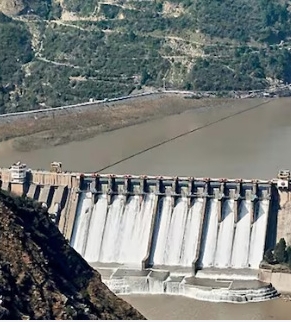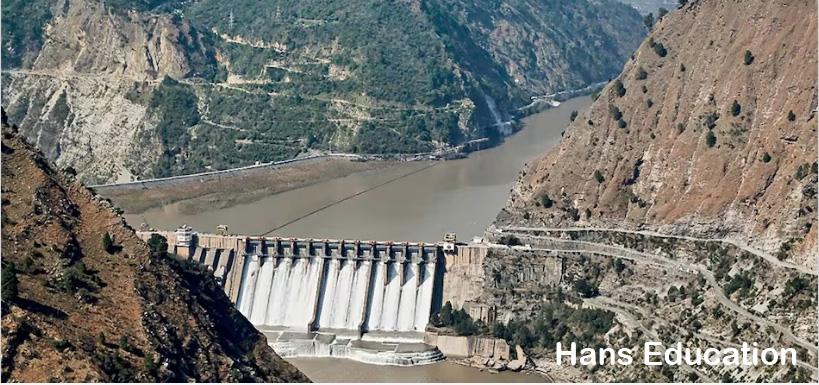
The Impact on Pakistan if India Blocks Indus River Waters
If India were to stop the release of Indus River waters to Pakistan, the consequences could be very serious for Pakistan — economically, socially, and politically.

- Water Scarcity:
Pakistan is heavily dependent on the Indus River system — about 80% of its agriculture relies on it. Cutting off or significantly reducing water flow would cause severe water shortages for drinking, farming, and industry.
2. Agricultural Crisis:
Pakistan’s economy depends greatly on agriculture, and key crops like wheat, rice, and cotton need large amounts of irrigation. Water shortages could cause crop failures, food shortages, and loss of income for millions of farmers.
3. Energy Crisis:
Pakistan generates a lot of its electricity through hydroelectric power from Indus waters. A major reduction would worsen power shortages, leading to blackouts and impacting industries and daily life.
4. Political and Military Tensions:
Water is an extremely sensitive issue between India and Pakistan. Blocking water could be seen as an act of aggression, possibly escalating into serious political or even military conflict.
5. Humanitarian Problems:
Lack of clean water could lead to public health crises — diseases would spread more easily, and poor communities would suffer the most.
6. Violation of International Treaties:
India and Pakistan are bound by the Indus Waters Treaty of 1960, brokered by the World Bank. If India violates it, there would be international condemnation, legal battles, and diplomatic fallout. Pakistan might take the matter to the International Court of Justice (ICJ) or seek United Nations intervention.
7. Regional Instability:
Since India and Pakistan are both nuclear-armed countries, any sharp escalation in tensions — especially over something as vital as water — could have dangerous consequences not only for South Asia but for global stability.
The Shimla Samjhota (known in English as the Shimla Agreement) is an important peace treaty between India and Pakistan, signed on July 2, 1972, in the city of Shimla, India.
Here’s a simple explanation:
Background:
- In 1971, India and Pakistan fought a major war, which led to the creation of a new country: Bangladesh (formerly East Pakistan).
- After the war ended, both countries wanted to settle their disputes peacefully and improve their relationship.
- Leaders involved:
- Indira Gandhi (Prime Minister of India)
- Zulfikar Ali Bhutto (President of Pakistan)
Key Points of the Shimla Agreement:
- Respect for the Line of Control (LoC):
- Both sides agreed to honor the ceasefire line in Jammu and Kashmir (later called the “Line of Control”) without changing it by force.
- Peaceful Resolution of Issues:
- Both agreed that future disputes would be solved bilaterally (direct talks between the two countries) and peacefully, without involving outside powers (like the United Nations).
- Withdrawal of Troops:
- They agreed to withdraw their troops to pre-war positions.
- Commitment to Good Relations:
- Both countries promised to work toward friendly relations and avoid conflicts in the future.
Why It Is Important:
- It set the foundation for future India-Pakistan diplomacy.
- It emphasized solving conflicts through direct dialogue, not through international mediation.
- It aimed to bring lasting peace after a very destructive war.
In short:
The Shimla Samjhota was a peace agreement signed after the 1971 war, where India and Pakistan promised to solve their problems peacefully and respect each other’s boundaries.



